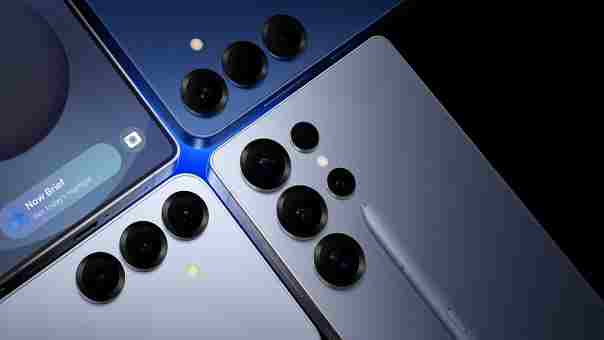Samsung has officially announced its latest breakthrough in smartphone camera technology with the launch of the ISOCELL HP5, a 200MP image sensor boasting the world’s first 0.5µm-sized pixels.
Despite the remarkably small pixel size, the HP5 promises enhanced image quality, especially in low-light conditions, while delivering brighter, more detailed photos.
Measuring 1/1.56 inches, the ISOCELL HP5 is engineered with cutting-edge technologies such as Front Deep Trench Isolation (FDTI) and Dual Vertical Transfer Gate (D-VTG). These innovations enable each pixel to capture more light and detail, overcoming the limitations typically associated with smaller pixels. Samsung has also integrated DTI Center Cut (DCC) technology, which contributes to clearer and brighter images even in challenging lighting environments.
According to Samsung, the HP5 sensor offers a 150% boost in conversion gain and significantly reduces random noise (RN) by 3% to 40%, depending on shooting conditions.
This ensures sharper images with reduced noise levels. The sensor also supports 2x in-sensor zoom and can achieve up to 6x lossless zoom when paired with a 3x telephoto lens, offering photographers and smartphone users greater versatility.
The ISOCELL HP5 is equipped with Smart ISO Pro and staggered HDR for superior dynamic range performance. Video capabilities are equally impressive, with support for 4K at 120 fps, 8K at 30 fps, and 1080p at 240 fps. Additionally, the sensor supports 8-bit, 10-bit, 12-bit, and 14-bit RAW formats, catering to both casual users and professional photographers.
Now in mass production, the new sensor is expected to make its debut in several upcoming smartphones, including the vivo Y500 Pro. With its innovative features and powerful imaging capabilities, Samsung’s ISOCELL HP5 aims to set a new standard in mobile photography, combining ultra-high resolution with cutting-edge light-capturing technology.
This latest innovation further cements Samsung’s leadership in the mobile imaging space, pushing the boundaries of what smartphone cameras can achieve.
